Hair Typing is a tricky issue. Hair curls, coils, kinks or lack of are unique to the individual and setting a generic system to classify hair can leave some on the wayside. I have seen a lot of misinformation on some blogs on hair typing, so I thought I would tackle it. This is because whether one thinks it’s important to know or not, it can get very confusing in online discussions and forums if one doesn’t know how to reference the system. Also it gives general direction in how to care for strands although most people have a mixture of hair textures.
The best hair typing system I’ve seen is the NaturallyCurly.com one which was developed from the Andre Walker system, which is the one I reference. The other systems such as the L.O.I.S. African American Texture Typing System and the Mizani hair chart can also be used.
So basically, there are 4 types of hair patterns, with sub-types:
Type 1 is straight hair
Type 2 is wavy hair
Type 3 is curly hair
Type 4 is coily hair.
Most black people and people of mixed African descent, have type 3 or 4 hair so I will concentrate on those types.
I have found that the easiest way to see your hair texture is when the hair is wet and has water running through it like in the shower. The natural hair texture can be hard to discern when it’s laden with products and has been manipulated.
For example, Esperanza Spalding seems to have a mixture of 4a, 4b and 4c hair, her hair can look very different depending on how she styles it.

Esperanza Spalding

Esperanza Spalding
Type 3 Curly Hair Type 3 has:
• Well defined curls that range from lightly curled hair to very curly hair.
• Hair has a lot of body
• It is easily styled in its natural curly state and easily straightened with a blow dryer
• Use styling creams, butters and oils for type 3 especially type 3c hair
• This hair type needs extra moisture and tender-loving care because it can be fragile
• Make sure hair gets detangled with a wide tooth comb or using fingers
• Do not use a brush or a fine toothed comb on your dry curls
• Reduce tangles by sleeping on a satin pillowcase or wrap hair in a satin cap.Type 3 is further divided into:
3a: Curly Twirly
3b: Curly Spirally
3c: Curly Coily
3a – Curly Twirly
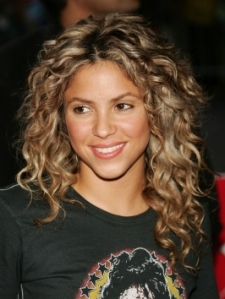
Colombian Singer Shakira
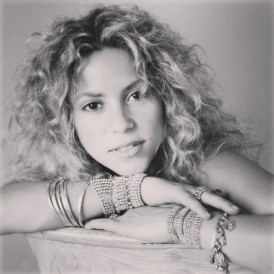
Shakira
Pattern: Definate loopy S pattern
Circumference: sidewalk chalk size
Curls are springy and shiny. It is usually soft and fine.
3b – Curly Spirally

English ZImbabwean actress Natalie Gumede

American actress Keri Russell

Zimbabwean model Amanda Crewe
Pattern: Bouncy ringlets to tight corkscrews
Circumference: Mighty marker size
Curls are not really shiny and its texture can be quite coarse
3c – Curly Coily

Tracee Ellis Ross
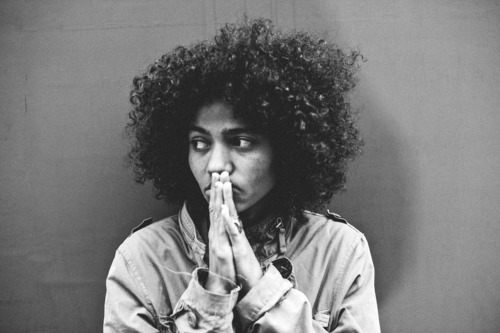
German Nigerian singer Nneka
Pattern: Voluminous, tight corkscrew curls
Circumference: Pencil size
Fine curls usually densely packed
Type 4: Coily Hair
Type 4 has:
• Hair that can range from fine and thin to wiry and coarse strands
• Hair can range from tightly coiled hair with an S pattern to very tightly kinked strands that seem to not have any definition
• Coily hair has fewer cuticle layers than any other hair type, which means that it has less protection from the damage inflicted by combing, brushing, curling, blow-drying and straightening
• It is the most fragile hair type and is not as easily styled. This hair type needs extra moisture and tender-loving care because of its fragility
• Reduce tangles and breakage by sleeping on a satin pillowcase or wrap hair in a satin cap.
Type 4 is further divided into:
4a: Coily Springy
4b: Coily Crimpy
4c: Coily Ziggly
4a – Coily Springy
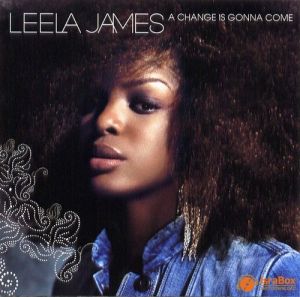
American singer Leela James

Solange Knowles

American singer Macy Gray
Pattern: Tightly coiled hair with an S pattern
Circumference: Crochet needle size spirals
• 4a hair has more moisture than 4b and can be wiry or fine-textured. It is very fragile with lots of strands densely packed together.
• Co-washing the hair will cleanse and condition your coils without stripping out its natural oils
• Restore and renew your dry coils by deep conditioning weekly and moisturise it daily to hydrate, soften and nourish the hair.
4b -Coily Crimpy
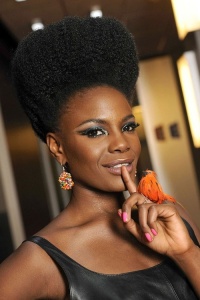
Zimbabwean British singer Shingai Shoniwa
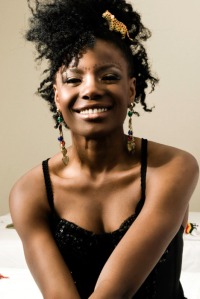
Shingai Shoniwa
Pattern: Curl pattern is less defined with a Z pattern, it bends in sharp angles instead of coiling or curling• Type 4b hair has a cotton-like feel
• The hair is very wiry, very tightly coiled or bent in Z shapes and very, very fragile. Great care must be taken when working with it.
• Type 4 hair can range from fine/thin to wiry/coarse with lots and lots of strands densely packed together.
• Type 4b hair often shrinks up to 75% of the actual hair in length.
• Use a heavy creamy cleanser to keep your coils healthy and moisturised
• Detangling is essential and must be taken with care, either with conditioner with lots of slip with water and a wide toothed comb/fingers or with lots of oil without any water
• Seal in moisture and add shine to your dry fragile hair with creams and butters. The LOC method (Liquid such as water or leave in conditioner, then an oil such as coconut or olive oil then a cream) is beneficial with this hair type.
• Restore and renew your dry coils by deep conditioning weekly and moisturise it daily to hydrate, soften and nourish the hair.
4c –

American hairoine Cipriana
Pattern: Curl pattern will almost never clump without a specific hair style
• It can range from fine/thin/super soft to wiry/coarse with lots of densely packed strands.
• 4c hair has been described as a more “challenging” version of 4b hair.
• Some say 4c looks identical to 4b except that the curls are so tightly kinked, there is seemingly no definition. 4c hair can shrink more than 75%
• Limit your cleansing to heavy co-washing conditioners
• Use products like oils, creams and butters to moisturise and seal your coils
• Use heavy butters to help elongate your hair.
• Deep condition and moisturise often.
I have a mixture of fine, low to medium density strands that fall mostly into 4a and 4b.. Most of my hair consists of tiny spiral coils, like a pen spring and S curls which sometimes look straight but when wet they are S shaped. Parts of the front and crown consist of strands that are a mixture of S and Z strands, sometimes the strands even look S curled from the root, then near the ends they have kinks with sharp bends. The hair here demands the most moisture and tangles very easily.
What type do you think you are?
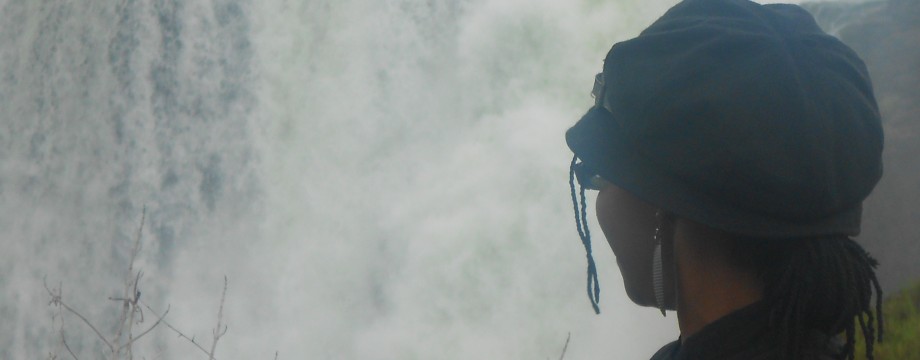














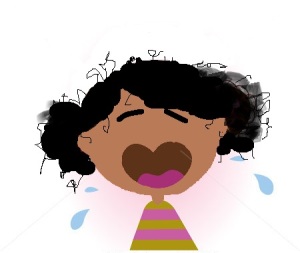




















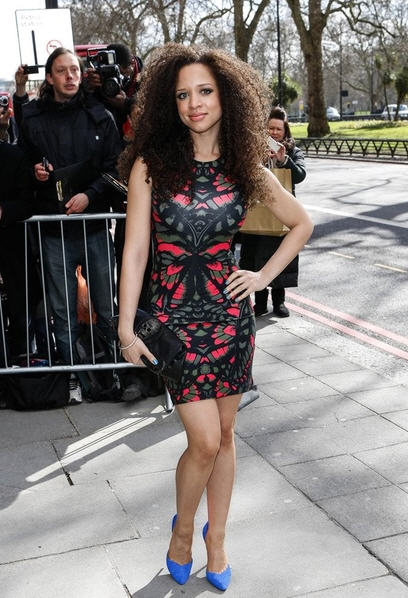

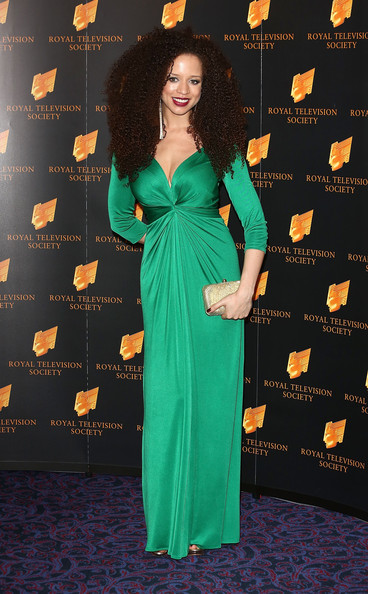

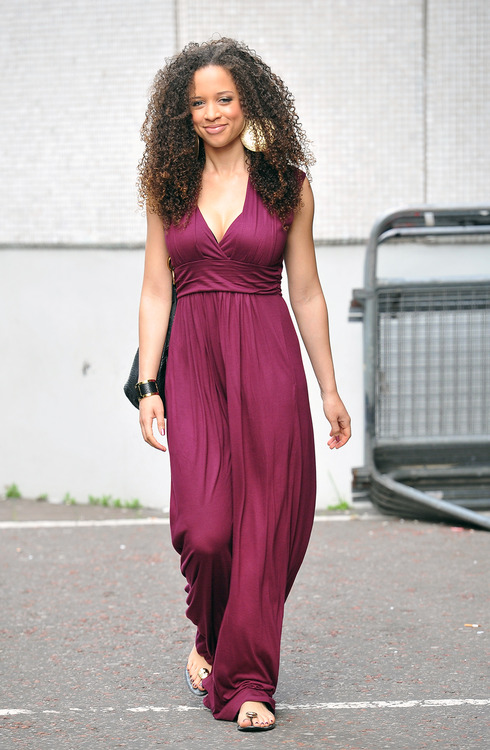
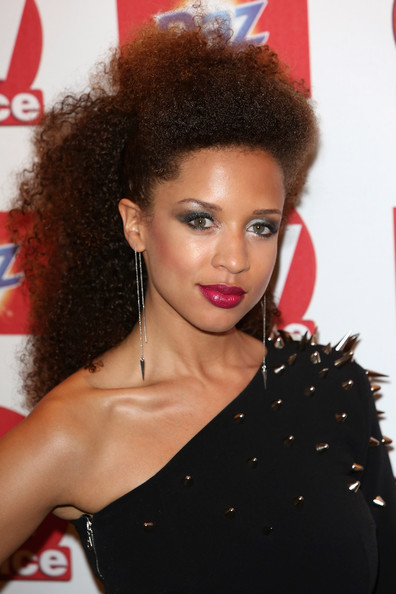
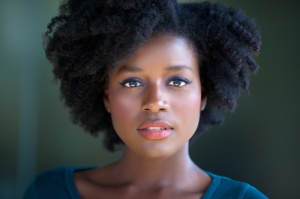
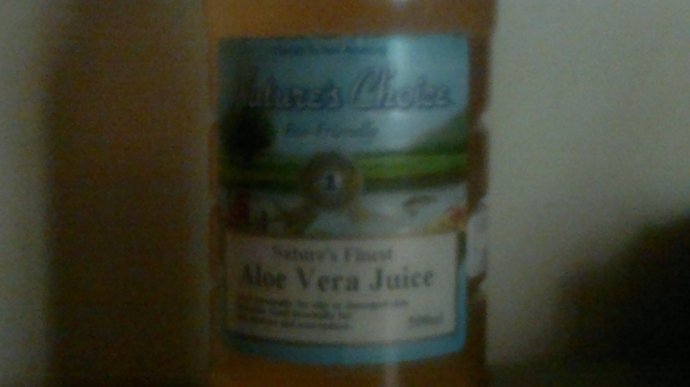

Recent Comments